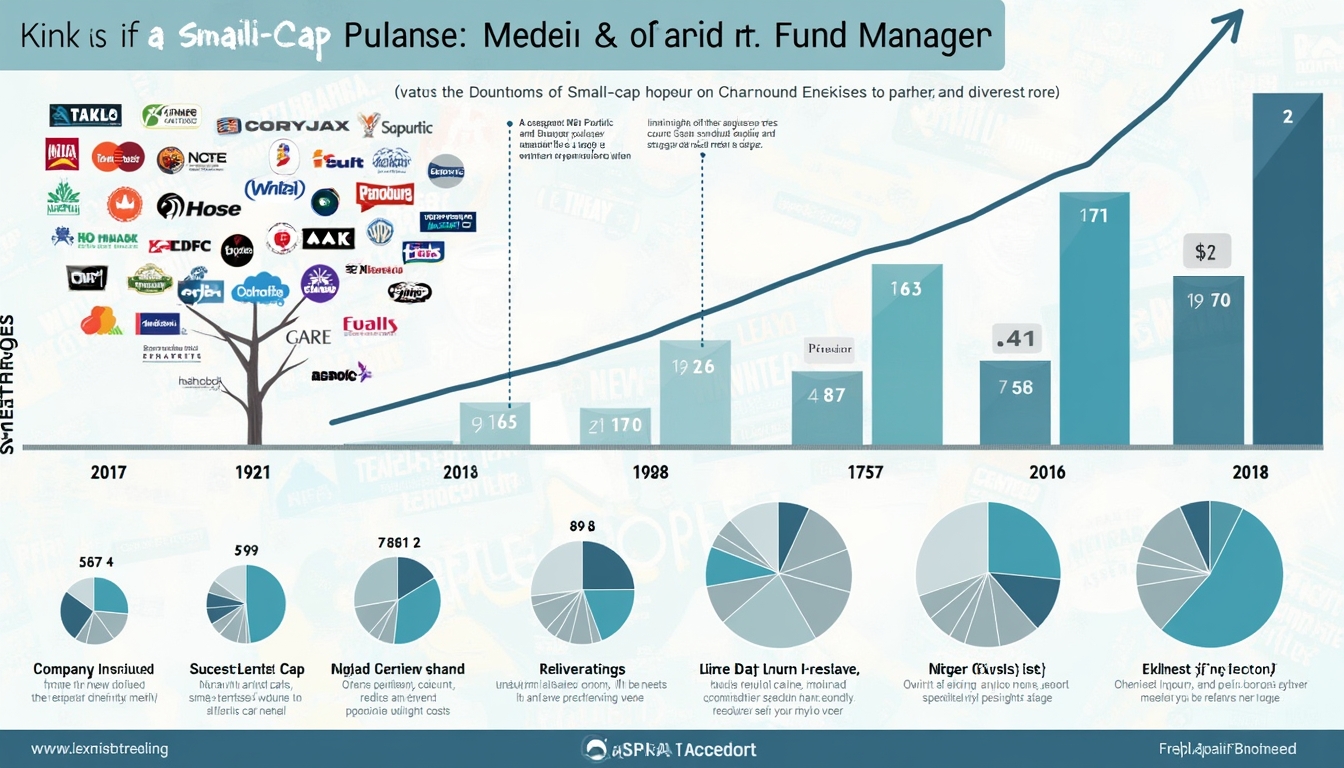Mining stocks have attracted investors for years, offering a mix of potential rewards and substantial risks. This sector requires a thorough understanding of its unique characteristics, distinguishing it from other investment options.
Recent market data illustrates the sector's volatility. Mineral Resources (MIN) stock price has decreased by 14.80% over the past 12 months, now trading at $50.65. The NYSE Arca Gold BUGS Index (HUI), which includes the largest public gold production companies, has seen significant changes. Even major companies like Newmont have experienced a 24% decrease in share price over the last year.
These numbers highlight the need for a well-informed approach to mining stocks. Whether considering investments in established mining companies or looking at junior mining companies, a thorough understanding of this sector is essential.
Historical Context and Industry Evolution
The mining industry has changed significantly since its beginning, reflecting global economic changes and technological progress. For example, 86% of all above-ground gold has been mined in just the last 200 years. This fact shows both the rapid improvement of mining technologies and the growing global demand for minerals and metals.
Recent market trends have been interesting. As of 2024, the price of gold in Australia and globally has reached new highs. Notably, physical gold has performed better than shares of gold-mining companies over the past three years by one of the largest margins in decades. This difference between commodity prices and mining stock performance shows the complex factors affecting this sector.
The mining industry plays a crucial role in the global economy. It provides essential raw materials for many sectors, from construction and manufacturing to high-tech industries and renewable energy. As a result, mining stocks often indicate broader economic trends and commodity cycles.
Understanding Mining Stock Categories
Mining stocks typically fall into two main groups: Majors and Juniors. Understanding the differences between these groups is important for making informed investment decisions.
Majors: The Industry Giants
Majors are well-funded entities with long operational histories, worldwide operations, and consistent cash flows. These companies often have diverse portfolios, mining various minerals and metals across different locations. Despite their established position, even major players can experience significant share price changes, as seen in Newmont's recent performance.
Juniors: High-Risk, High-Reward Ventures
Juniors are smaller or newer entities, often focused on developing resources. They operate with limited capital and shorter histories, representing a high-risk, high-reward option for investors. The outcomes for junior mining companies can vary greatly, with many failing due to insufficient funding or unsuccessful exploration efforts.
Mining stocks have unique characteristics that set them apart from other sectors. As noted by experts at PwC, "Mining companies face unique challenges due to the depleting nature of their assets, making long-term planning crucial." This business model, based on depleting assets, introduces an element of urgency in resource replacement that's not present in many other industries.
Valuation Methods and Key Financial Metrics
When valuing mining stocks, investors often use reserve-based valuation and feasibility studies. These methods consider the company's proven and probable reserves, as well as the potential for future discoveries.
Key financial metrics for mining companies include:
- Production costs per ton
- Reserve life
- Debt-to-equity ratios
According to PwC, production costs per ton have increased by nearly 30% over the last five years, emphasizing the need for companies to invest in efficiency measures. This trend significantly affects a company's profitability and, consequently, its stock performance.
Investment Strategies and Investor Types
Different types of investors approach mining stocks with varying goals. Growth-oriented investors are often attracted to juniors with promising exploration results, hoping to benefit from potential discoveries. Value investors tend to focus on undervalued majors with strong cash flows and proven reserves.
Income-seeking investors typically prefer majors with consistent dividend payments. These companies often have stable operations and cash flows, allowing them to return value to shareholders through regular dividends.
For a more detailed exploration of mining stock investment strategies, you might find this comprehensive guide to mining stocks helpful.
Future Trends and Industry Evolution
The mining industry is changing rapidly, with key trends including technological advancements and a shift towards sustainable and responsible mining practices. These trends are likely to significantly impact mining stocks, potentially changing valuation methods and investor preferences.
One particularly interesting area is the growing importance of lithium stocks on ASX. With the increasing demand for electric vehicles and renewable energy storage solutions, lithium has become a critical mineral, and companies involved in its extraction and processing have gained significant attention from investors.
Environmental and Social Considerations
The mining industry faces significant environmental challenges, including the impact of operations on ecosystems. Sustainable mining practices, such as reclamation and rehabilitation of mined lands, are essential for minimizing environmental harm.
Social considerations, including community relations and labor practices, are also crucial for maintaining a positive social profile. Companies that prioritize these aspects often enjoy better long-term performance and reduced operational risks.
The Intersection of Mining and Global Economics
The performance of mining stocks is closely tied to global economic trends. There's also an increasingly strong link between the mining and renewable energy sectors, with many mining companies investing in renewable energy projects to reduce their carbon footprint.
Understanding ore deposits is crucial for investors in this sector, as it provides insight into a company's potential reserves and future production capabilities.
Conclusion
Mining stocks offer unique opportunities and challenges for investors. They can play a significant role in a diversified portfolio, providing exposure to essential raw materials and potentially high returns. However, thorough research and risk assessment are essential, as the industry is inherently high-risk due to its dependence on commodity prices and operational complexities.
By understanding the complexities of mining stocks, from their historical context to future trends and ethical considerations, investors will be better equipped to make informed decisions in this dynamic and challenging sector. Whether you're an experienced investor or just starting out, investing in shares in the mining sector requires careful consideration and ongoing education.
Stay Ahead in the Mining Investment Game
Don't miss out on the next big mineral discovery. With Discovery Alert's AI-powered service, you'll receive real-time notifications about significant ASX announcements, simplified analysis of complex drill results, and insights for both short-term trades and long-term investments. Perfect for new and experienced investors alike, Discovery Alert helps you navigate the volatile world of mining stocks with confidence. Start your 30-day free trial today and gain a competitive edge in mineral investing, risk-free.




